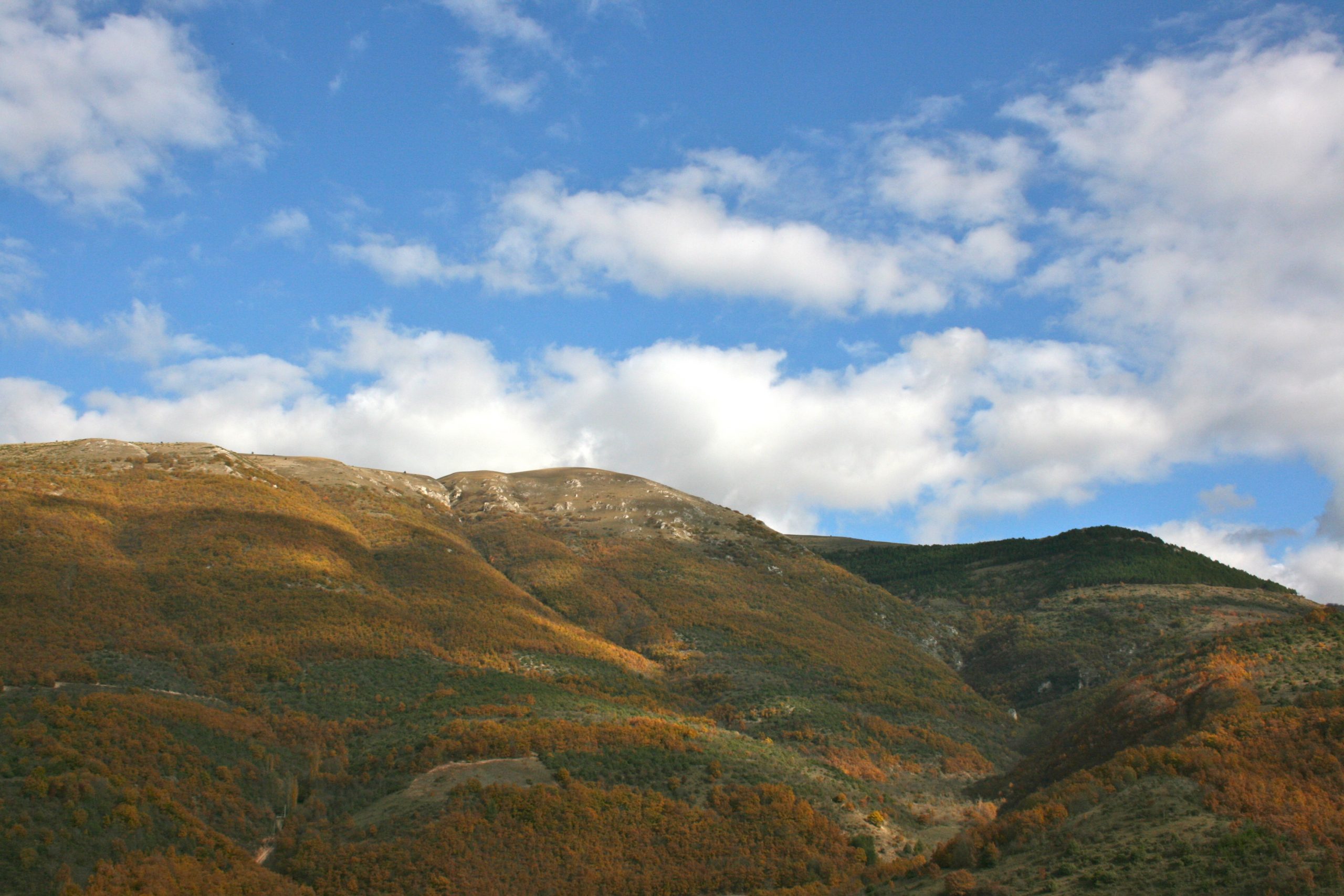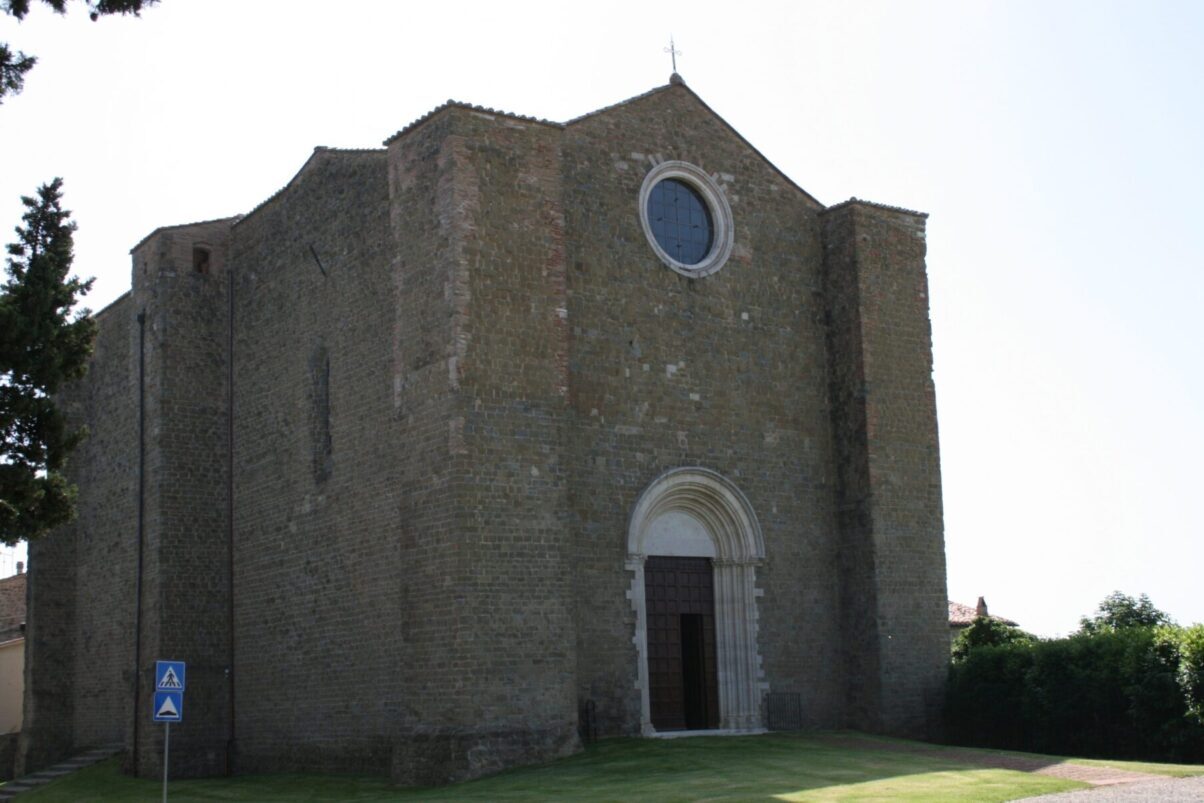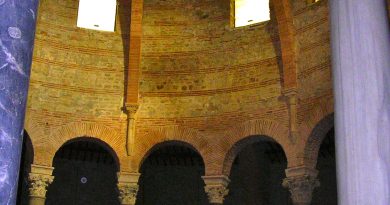Butchers, surgeons and charlatans
Near the medieval castle of Preci (formerly Castrum Precum), in the pristine mountainous area of Umbria which is called Val Castoriana (the valley of Castor), lies the Abbey Sant’Eutizio, a medieval monastic benedectine complex which is among the most beautiful and evocative of Italy.
The story of the foundation of the building is to be found in the early christian age, when monks from Syria would reach these inaccessible areas, isolated from the Apennines of Umbria, to devote themselves to prayer and asceticism.

Gregorio Magno (Gregory the Great, Dialogues, IV, XI, 1-3) reports that Spes, founder of the first monastic community of Val Castoriana, miraculously regained his sight after 40 years of total blindness, thus being able to preach again before he died in the same monasteries that he had founded in Cample (corresponding to modern Campi, 10 km from Norcia)
Preci, Norcia and the nearby Sant’Eutizio Abbey are world famous for the art of surgery, a practice that has evolved since the middle Ages. In particular, the surgeons of Preci were known for their expertise in cataract and hernia operations as well as for castrations. The art of surgery has been handed down through the generations.

Il Museo della Chirurgia is a small museum that is housed in the hilltown of Preci, where there is an interesting permanent exhibition of medical texts and some 17th-century surgical instruments that once belonged to Preci’s famous surgeons.
The fame of the surgeons coming from the Castorian Valley was such that some of these popular cerusici were chosen as court physicians by mighty kings and rulers of Europe.

The surgeon Durante Scacchi from Preci, for example, performed “cataract surgery” on the Queen of England, Elizabeth of Tudor!
Orazio Cattani became court physician for the Sultan Mehemed, and the surgeon Sigismondo Carocci will always be remembered for operating on Eleonora Gonzaga, wife of Frederick III, in Vienna in 1468.
Read complete article by Antonella Bazzoli in Italian: https://evus.it/it/index.php/news/ritratto/norcini-e-cerusici-castrini-e-ciarlatani/
Translation by Lynn De La Torre – July 6, 2014




